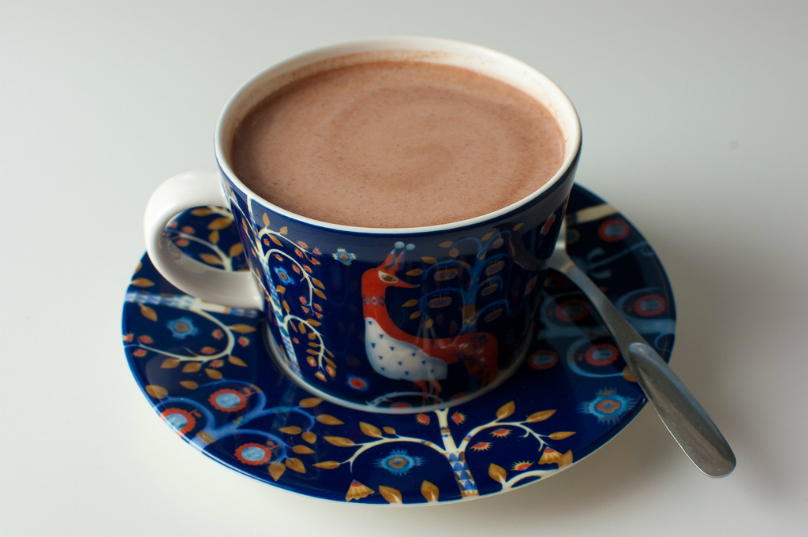We’re always looking for clues to our dog’s health and wellbeing… and one place to pick up such a clue is, well, something you might be picking up anyway. Not all colors of the Poop Rainbow lead to gold, so if you notice something a little “off color,” it might be a warning sign. Thanks to Veterinarian Shea Cox and The Bark for translating some of these not-so-pleasant signals from your pup:
1. Streaks of bright red blood and/or mucus on the surface of a mostly normal, formed stool.


This is usually caused by inflammation in the large intestine. Despite your worst fears, the blood streaks usually don’t mean internal bleeding. You might not have to call your vet this instant, but you definitely want to keep an eye on your pup’s poop for a while.
2. Soft-formed to liquid brown diarrhea, with or without streaks of blood.


The softer poop is a sign that you should be a little more concerned. Softer poops are generally a sign that your pup is reckoning with some dietary or digestive issues. The blood streaks would suggest inflammation. But if your dog overall is behaving like himself, things might turn out just fine. The condition could show improvement in 24-48 hours.
3. A large volume of bloody, watery, diarrhea.


This might be Hemorrhagic Gastroenteritis (HGE), a condition more common with smaller dogs. It’s a slightly mysterious illness, likely to strike an otherwise healthy dog without much notice. Talk to your vet right away.
4. Black, tarry stools.


This could be pretty serious. The look of these poops is a sign that your dog is digesting blood, which means a potentially large amount of blood is being lost. It might mean an ulcer, or bleeding somewhere in the stomach or small intestine. Get your vet on the line immediately.
[bp_related_article]
5. Yellow-orange or pasty, light stools.


Your dog might be coming down with a liver disease, or maybe her digestion is progressing too rapidly from small intestine to colon. Make sure your vet gets a good look at your dog and runs some follow-up tests to get to the bottom of it.
6. Grey, greasy stools.


This could be a sign of Exocrine Pancreatic Insufficiency (EPI.) In other words, your dog’s pancreas isn’t working right, and your dog’s digestion is suffering because of it. EPI is especially likely to affect German Shepherds and Rough-Coated Collies.
7. Green stools.


Unless she’s been eating a ton of grass, take your dog to the veterinarian right away. Green poop ain’t the luck of the Irish, it’s a sign that your dog may have nibbled on some rat poison.
8. Worms.


Usually you won’t be able to see worms in your dog’s stool, but there are exceptions. Sometimes, you might see white spaghetti-like shapes in your dog’s poop, especially with puppies. These are quite likely roundworms. Some potential signs of tapeworms would be small flat worms, or flecks that look an awful lot like dried rice. You’ll definitely want to see your vet and get your pup the proper medication.
As always, your vet knows best, and never hesitate to call and ask for guidance. And if you’re a fan of ice cream or jam, please accept my humblest apologies. To make up for it, here are some tasteful chalk-drawings of poo with the various conditions mentioned above, and in the same order. Cheers!










